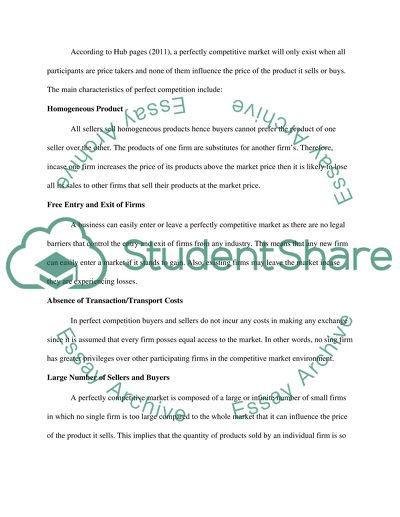Cite this document
(“Perfect Competition/Microeconomics Essay Example | Topics and Well Written Essays - 1000 words”, n.d.)
Retrieved from https://studentshare.org/environmental-studies/1409238-perfect-competition-microeconomics
Retrieved from https://studentshare.org/environmental-studies/1409238-perfect-competition-microeconomics
(Perfect Competition/Microeconomics Essay Example | Topics and Well Written Essays - 1000 Words)
https://studentshare.org/environmental-studies/1409238-perfect-competition-microeconomics.
https://studentshare.org/environmental-studies/1409238-perfect-competition-microeconomics.
“Perfect Competition/Microeconomics Essay Example | Topics and Well Written Essays - 1000 Words”, n.d. https://studentshare.org/environmental-studies/1409238-perfect-competition-microeconomics.


